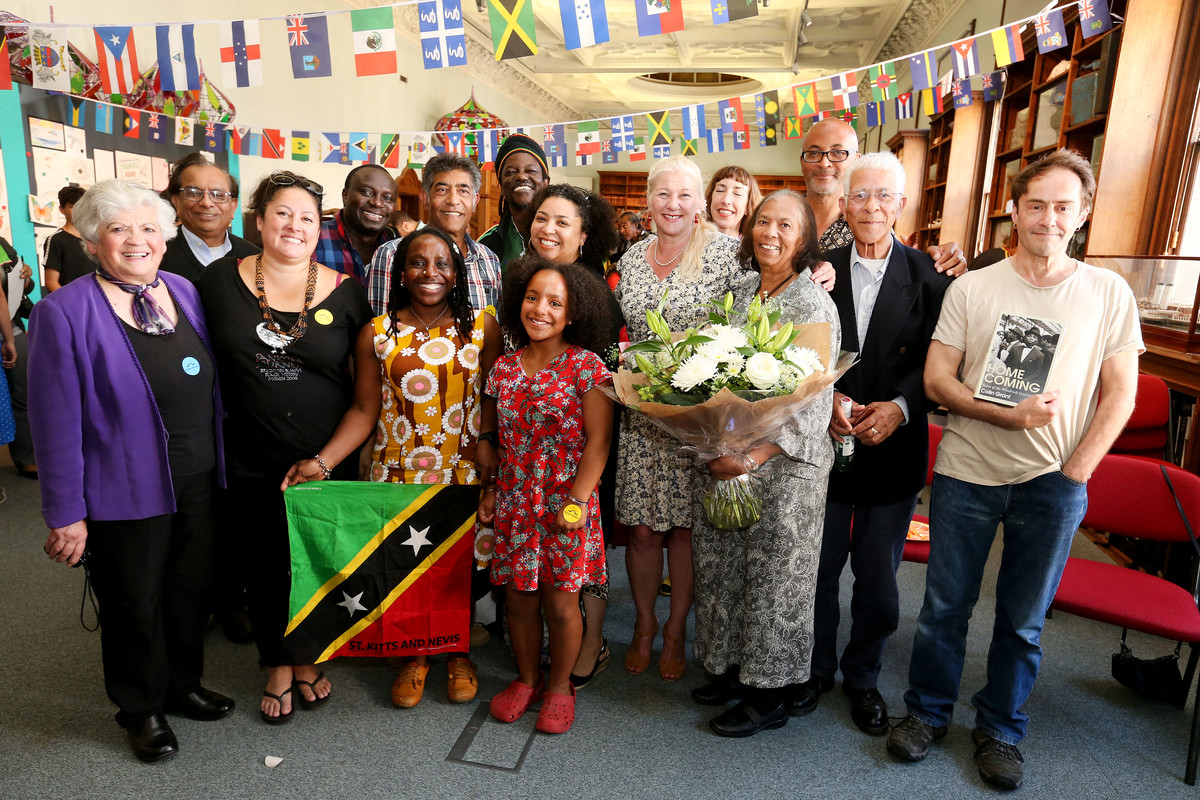Decolonising Brighton & Hove Museums – More Questions than Answers
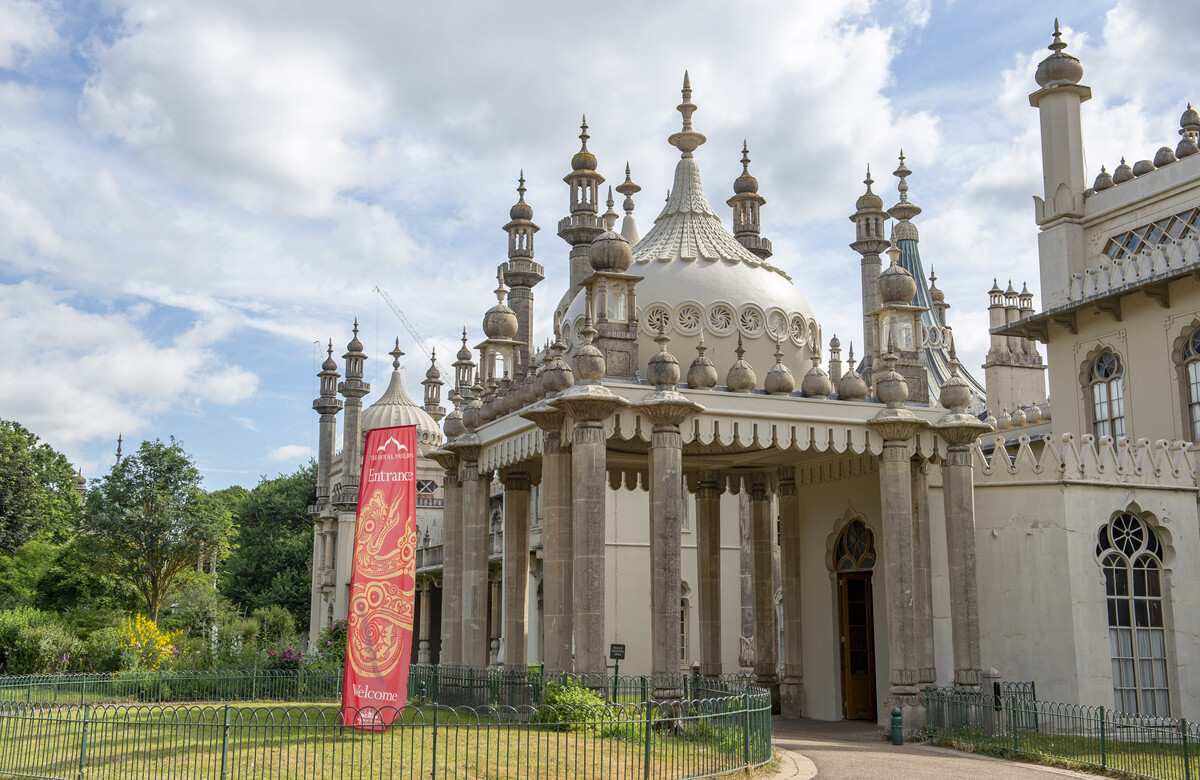
What does it mean to decolonise our museums? And what does it take?
Brighton & Hove Museums is essentially made up of six sites: the Royal Pavilion & Garden; Brighton Museum & Art Gallery; the Booth Museum of Natural History; Hove Museum of Creativity; Preston Manor & Gardens and our website, which hosts our online collections and our digital assets.
Each of these has their own unique identity and objects as well as different tales to tell.
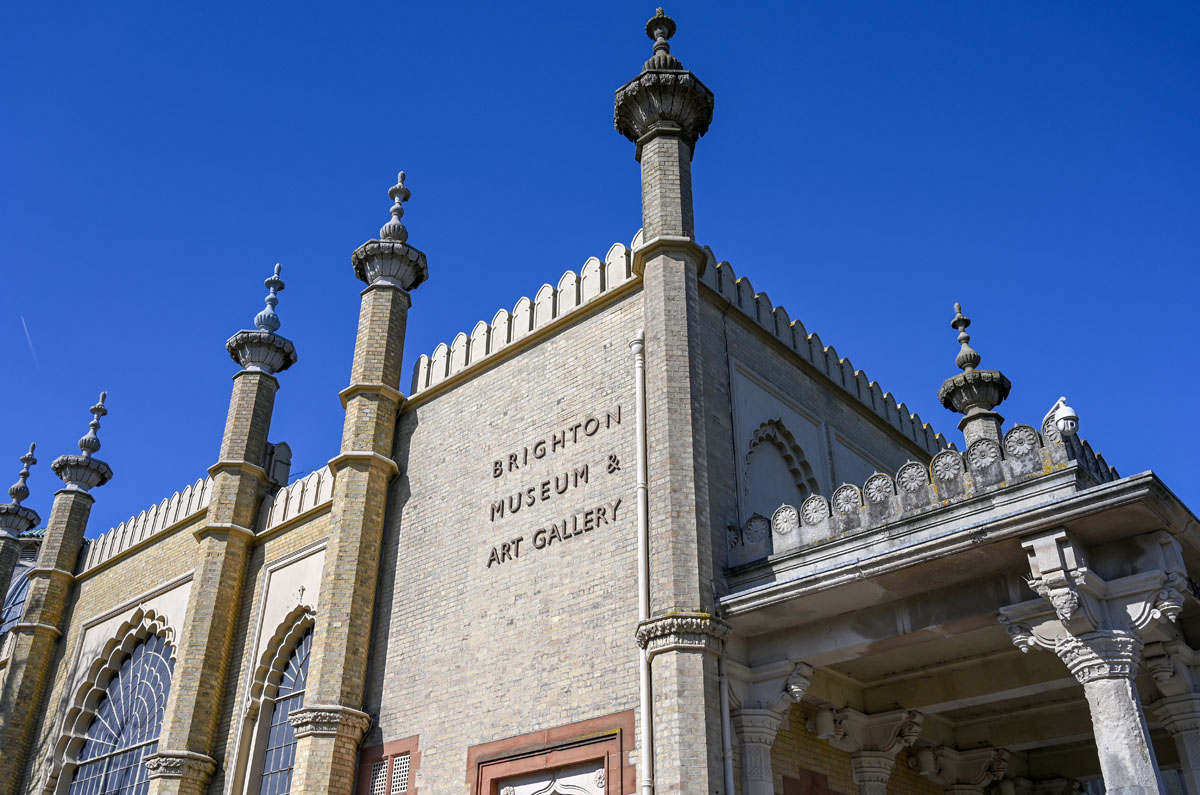
We also have a range of collections, including ‘fine art’ (usually Western and a few Japanese pieces); natural history; folk art, including textiles; weapons collection; the Egypt gallery; ‘World Art’ (essentially non-Western!).
And at each site and within each collection, we need to consider what objects we have, whether we should have them, whether we should display them, how we display them, how we label them and the language we use, and how we use the objects.
And, as with most things, we aren’t always in agreement with each other, never mind with all our local, national and global stakeholders.
For example, what would you do with an offensive 19th Century etching depicting Sara Baartman, which we have in our collection?
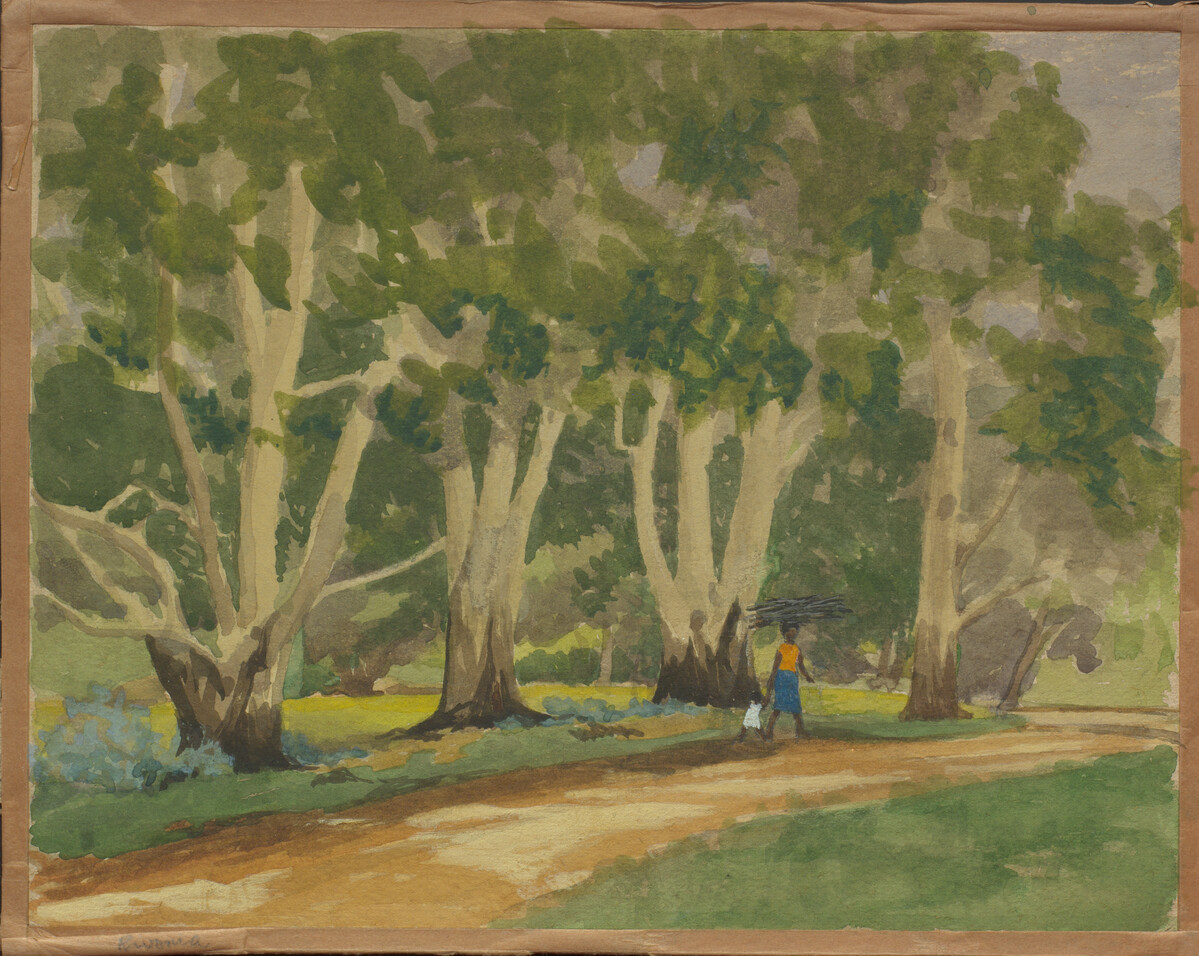
Still ‘Exhibiting’ Sara Baartman?
https://en.wikipedia.org/wiki/Sarah_Baartman
Sara (or Sarah Baartman; the name was given to her by Dutch colonisers and her birth name is unknown) was ‘exhibited as a freak show attraction’ in Europe in the 19th Century, having been first brought from Cape Town to London by Scottish military surgeon Alexander Dunlop (he also had a side job supplying animals to British showmen).
It’s not clear that Sara travelled willingly; indeed, there is lots of evidence that at the very least she was heavily pressured and coerced to make the trip.
Some people argue that the satirical work should never again be viewed, as it is simply too offensive. If you agree with this, what should be done with the caricature? Should it be put in permanent storage? Destroyed?
And would such a response be worse than pointless in any case, considering that prints of the image can still be easily ordered online? By removing the artwork from display, we at Brighton may have removed ourselves from the conversation – and potentially protected ourselves from controversy – but the image will forever exist, just without our interpretation and contextualisation.
Others feel that we shouldn’t even try to erase Sara’s life and story by pretending it didn’t happen, but rather tell her story through a modern lens, and such a caricature, offensive as it is, could be a good ‘in’ to telling Sara’s story.
But even that ‘modern lens’ is open to dispute.
For example, does focusing on the inhumane treatment of Sara dehumanize her all over again by setting her up as just an example of colonial exploitation? Should we tell her story in a different way, and from her perspective – including how she lived, who she loved etc – rather than talking about the men who exploited her for financial gain, or even the men who campaigned for her ‘freedom’?
In retelling Sara’s story should we refuse (as I have here) to use the offensive name by which she was famously known? Or should we explain the origins of the term, and why it is so very offensive?
These are just some of the questions that our curators, visitor experience officers, schools learning team, exhibition planners and programmers, conservationists, gardeners, outreach teams – in fact all our staff – must grapple with.
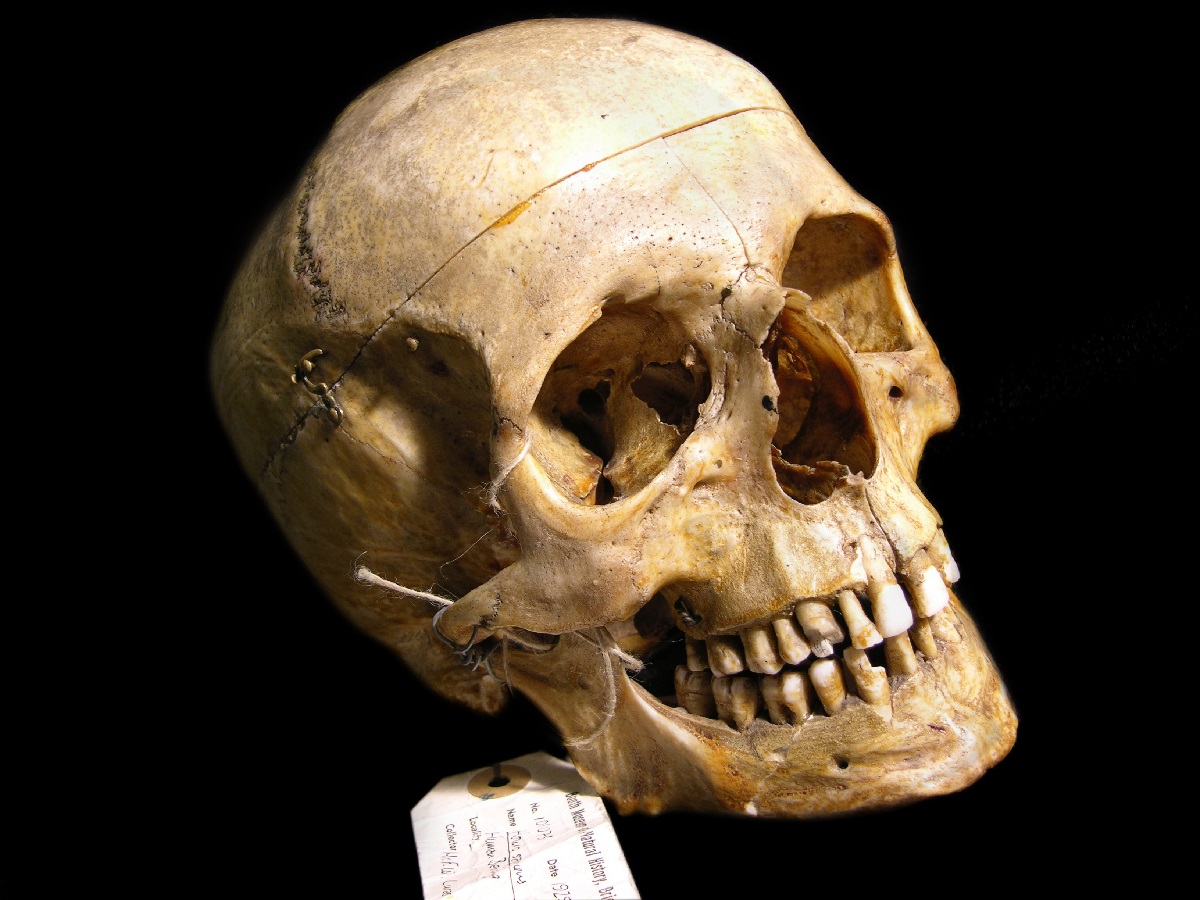
Is repatriation always the answer?
Even where an item in and of itself isn’t offensive, should we even have it?
The image of Sara Baartman that we hold was created here in the UK, but many objects in our collections came from countries around the world under colonial rule.
Many people argue that all such ‘stolen’ artifacts should be repatriated, but what about the descendants of slaves, for example, that live with and near us – shouldn’t they be able to view items related to slavery?
When we receive a request for repatriation, in line with Museum Association guidance, we take a range of factors into account, including the interests of actual and cultural descendants and the educational or cultural importance of the items, for instance. The views of ‘source communities’ are rightly given high importance – nowhere more so than when considering the repatriation of ancestral human remains.
What about items where the country of origin is unclear or was unrecorded? And many countries don’t want museums returning items to them unsolicited.
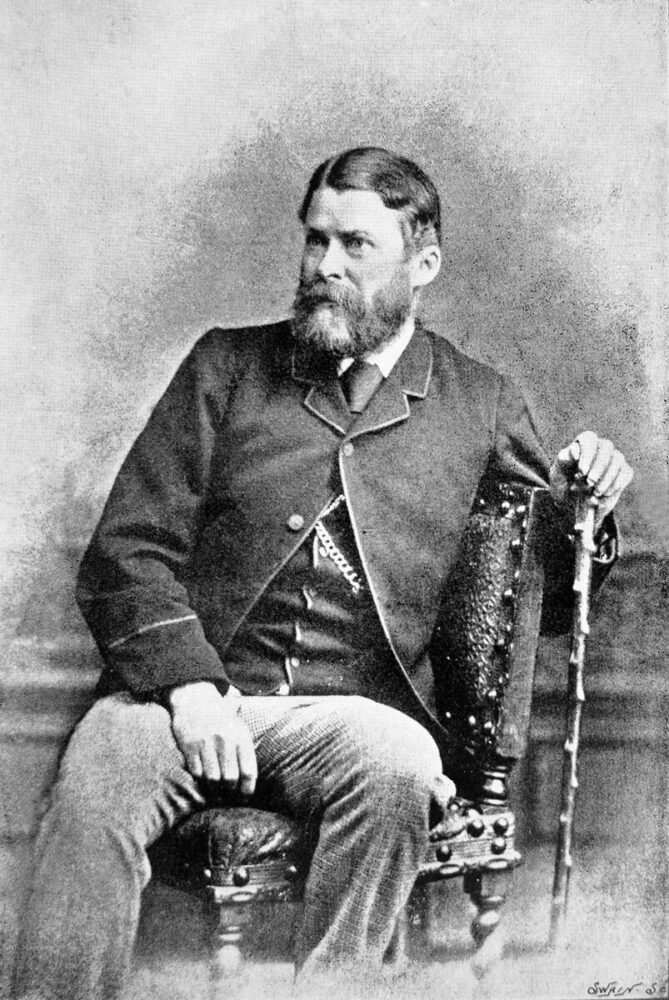
Who really did the collecting?
Because museum collections were historically put together by the wealthy, who were also overwhelmingly white men, other contributors were often rendered invisible.
Working class people working on items regularly went uncredited. Local people who retrieved artifacts that were then removed from their countries of origin were frequently not mentioned or acknowledged in any way. Where they were acknowledged, rather than being named, the collector might be referred to simply as a ‘local’ or a ‘native’ or a ‘hunter’. Wives all over the world might do as much work as their husbands, but again could go unacknowledged, or be referred to only by their husband’s name.
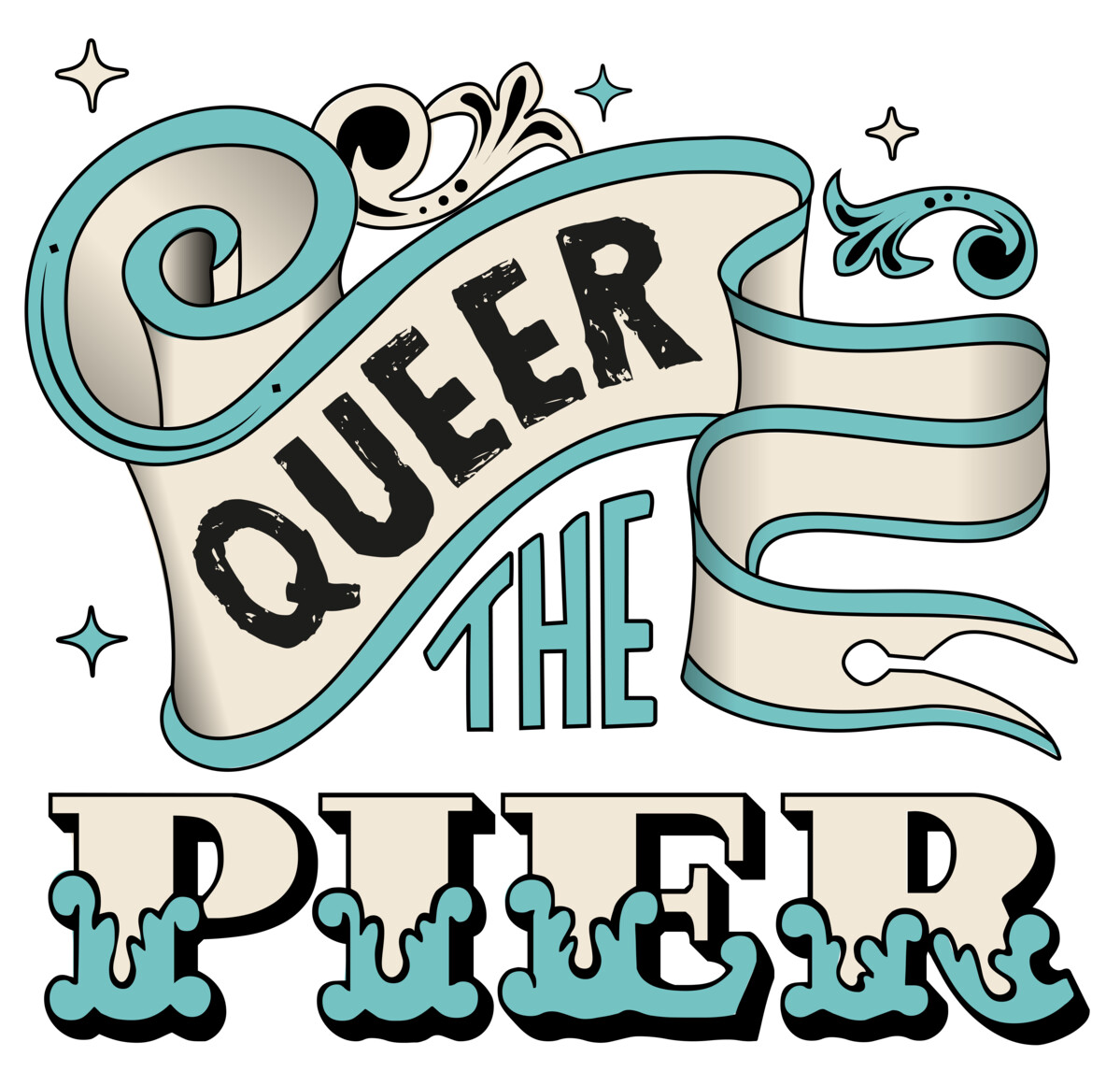
Who should tell the stories?
To some degree, how exhibitions were previously curated was dictated by who the curator was, as well as the audience they were curating for. In the past, the collections of the wealthy reflected their personal interests – or even their desire to impress their peers – and these collections form the basis of many of our museums. Museum collections reflected not only the agendas but also the prejudices of the directors, collectors and curators.
Historically, for example, disabled people were often not presented as people at all – but rather displayed as specimens, figures of fun or curiosities, depending on the audience the curator was seeking to impress or entertain.
Museums today are considerably more thoughtful about their collections and how they present them. And curation is a decentralised and much more democratic, and consequently inclusive, process.
But while we have thankfully moved away from, for example, the ‘human zoos’ of Belgium’s colonial past, many societal groups continue to feel, and to be, misunderstood and consequently misrepresented by society as a whole – including, of course, by museums.
So, who is ‘qualified’ to retell Sara Baartman’s story? Can a white man – or any man – ever properly tell the story of a woman who was racially and sexually exploited?
At B&HM, we are pushing an ethos of ‘nothing about you without you’, where we try to work with and include some of the voices of the communities whose stories we are telling. Our Queer the Pier exhibition, for example, was co-curated with people from Brighton & Hove’s LGBTQ communities.
Decolonising is an ongoing process that may never be complete, as we seek to unravel the legacy of hundreds of years of empire, and as people’s views, what is offensive and what is acceptable language (again, often linked to empire) are ever evolving. By setting ‘Culture Change’ in motion, we are prioritising our work to be more socially just at Brighton & Hove Museums.
